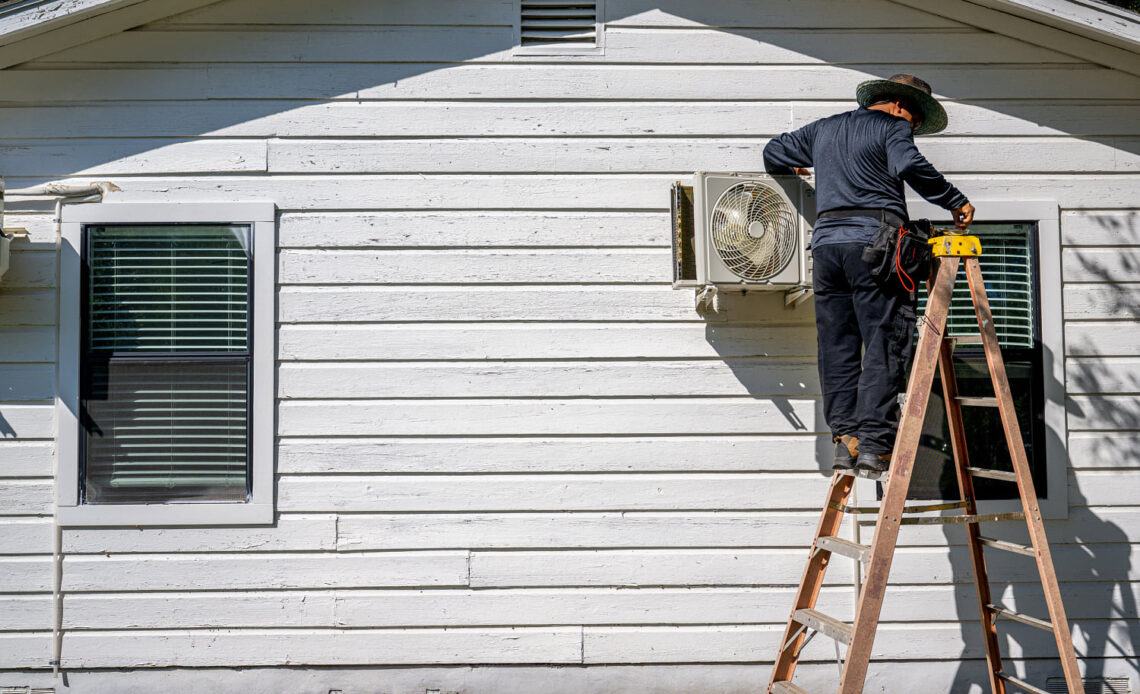The average cost of keeping an American home cool from June to September is set to hit $719, nearly 8% higher than last year, according to new projections from advocates for low-income households. That level would be the highest in a decade, and a steep jump from the $573 average in 2021.
Organizations distributing federal financial support expect they’ll be able to help roughly 1 million fewer families pay their energy bills this year. That’s partly because government funding for the Low Income Home Energy Assistance Program (LIHEAP) fell from $6.1 billion last fiscal year to $4.1 billion for the current one, the National Energy Assistance Directors Association (NEADA) and the Center for Energy, Poverty and Climate said in a report released Monday.
“It’s inflation in the sense that you have to spend more to cool your house, but you’re using more of it,” said Mark Wolfe, executive director of NEADA, which represents state directors who manage federal aid dollars for home energy costs. “So you can’t blame the price. This is more the price of climate change.”
2024 is expected to rank among the five warmest years in recorded history, the National Oceanic and Atmospheric Administration has said, and this year has a 61% chance of being the hottest on record. Already last month, scorching heat and humidity descended on parts of Texas, the Gulf Coast and South Florida.
Last summer, too, was severely hot. Phoenix, for example, endured a record-breaking 31 consecutive days of temperatures at or above 110 degrees Fahrenheit.
Electric costs this summer will vary geographically, from as low as $581 on average for the season in Wisconsin, Michigan, Illinois, Indiana and Ohio, to as high as $858 in Texas, Oklahoma, Arkansas and Louisiana, the report said. While bills in the latter region are forecast to rise only 1.8%, the mid-Atlantic is expected to see a 12% increase in summer electric bills since last season.
Many households face imminent risks, the report said, from taking on debt to finance their cooling bills to suffering potentially dangerous utility shut-offs for nonpayment. Only 17 states and Washington, D.C., offer residents some protections against shut-offs, the report said, and nearly 1 in 5 “very low income” families have no home air conditioning at all.
LIHEAP was originally devised to help low-income residents cover their heating bills during cold winter months. But soaring summertime temperatures have added pressure to the program….
Click Here to Read the Full Original Article at NBC News Top Stories…

